Why the Bitcoin halving matters for the future of decentralized finance

The Bitcoin mining reward rate gets cut in half every four years, but this seemingly simple event carries with it deeply felt implications for the future of DeFi.

In the ever-evolving landscape of cryptocurrency and blockchain technology, few events hold as much significance as the Bitcoin (BTC) halving.
This landmark event occurs approximately every four years or at every 210,000 blocks, and serves as a fundamental mechanism that cuts in half the rewards paid to Bitcoin miners.
The first halving event happened in November 2012, when block rewards fell from 50 BTC per-block to 25 BTC. The upcoming halving is anticipated for some point in mid-April 2024, during which the rewards per-block will fall to 3.125 BTC.
Beyond its immediate impact on Bitcoin’s supply dynamics, the halving event reverberates throughout the entire cryptocurrency ecosystem, including the realm of decentralized finance (DeFi).
Cointelegraph spoke with a number of experts across the DeFi space, from market analysts and Bitcoin-related business executives to advocates for the currency’s adoption to find out just what kind of impact they see this having on the community.
Boosting the market
At its core, the philosophy of DeFi aims to democratize access to financial services by leveraging blockchain technology to create open, permissionless, and trustless financial systems. Being the pioneering cryptocurrency, Bitcoin plays a pivotal role in shaping the ethos and infrastructure of DeFi.
Therefore, any event affecting Bitcoin’s supply and market dynamics inevitably influences the trajectory of DeFi.
Grzegorz Drozdz, a market analyst at Invest.Conotoxia.com, told Cointelegraph that not only could this halving increase Bitcoin’s value, but strengthen the overall crypto market. He said:
“As Bitcoin is a vital part of the DeFi ecosystem, an increase in its value could attract more investment into DeFi platforms and projects, increasing their growth and adoption.”
He added that, for the moment, however, Bitcoin’s position is strengthening relative to the overall cryptocurrency market and is already reaching 54% of the capitalization of the market “proving that capital first consolidates on the main cryptocurrency. Only later can it move to the other projects.”
Related: Bitcoin mining difficulty reaches new historical high as halving looms
Fluctuating price and a test for decentralization
With increased Bitcoin scarcity, historically the space has seen a price appreciation for the cryptocurrency as a subsequent effect. A rising BTC price can act as a rising tide that lifts all boats, potentially leading to increased investment in DeFi protocols and applications.
The reduced issuance rate of Bitcoin may also affect its availability on decentralized exchanges (DEXs) and lending platforms, where it often serves as collateral for a variety of financial activities.
A scarcity of Bitcoin could also mean its utility as collateral could possibly increase and potentially impact borrowing rates, liquidity pools, and yield farming strategies within the DeFi ecosystem.
Moreover, the Bitcoin halving serves as a litmus test for the resilience and adaptability of decentralized financial protocols.
As the cryptocurrency market experiences fluctuations in supply and demand dynamics, DeFi platforms must innovate and iterate to accommodate changing market conditions.
Joe Hall, a Bitcoin journalist and adoption advocate, said that “either a project is decentralized or it isn’t.” He said:
“Bitcoin is clearly decentralized whereas most if not all projects that claim to put the De in DeFi, are far from it. I would hope that bitcoin’s anti fragile and predictable stance shows the ‘DeFi’ projects the true meaning of the word.”
Attracting outside attention
With each halving, Bitcoin steps into the mainstream spotlight, if only for a moment, with major media outlets covering the event.
This moment can not only create interest for new investors but also for regulators and developers, which could lead to anything from a push for stricter regulations on the DeFi space, but it can also inspire innovation as developers work to create DeFi solutions that comply with evolving legal frameworks.
Hall said the predictability of the event, something that could work for the crypto industry, which is known to typically puzzle regulators.
“Uncertainty has been a standout theme for the 21st century, in both finance and politics, and Bitcoin’s predictability enhances its appeal.”
This sentiment was echoed by John Dennhy, the founder of the education project Mi Primer Bitcoin:
“The halving is one of the most visible examples of Bitcoin’s predictability and decentralization—we all know it will happen and no single entity or group has any more power to change it than anyone else.”
The Bitcoin halving is not a magic bullet for the success of the cryptocurrency or the DeFi ecosystem as a whole. However, it does serve as a significant event that can play a role in shaping the future of this rapidly evolving space.

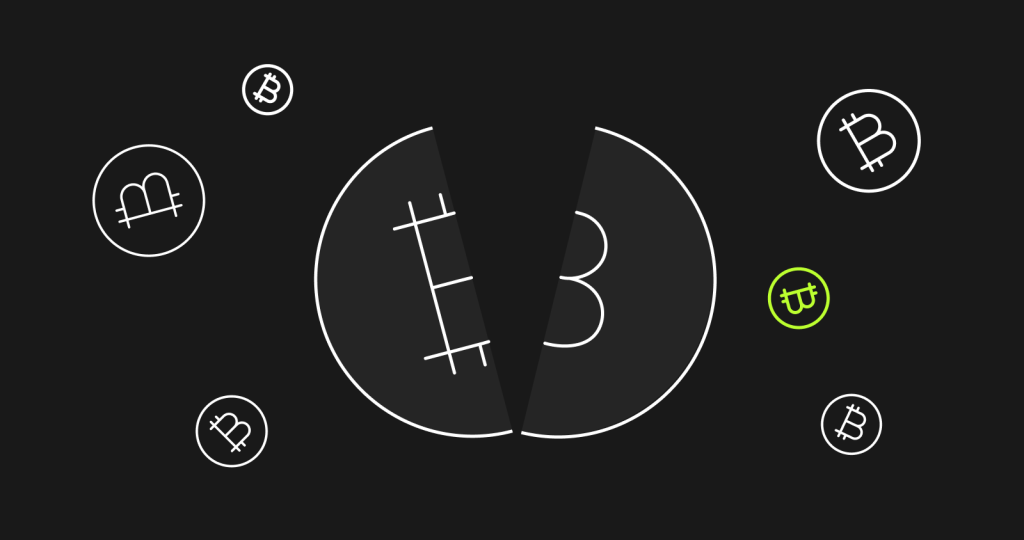
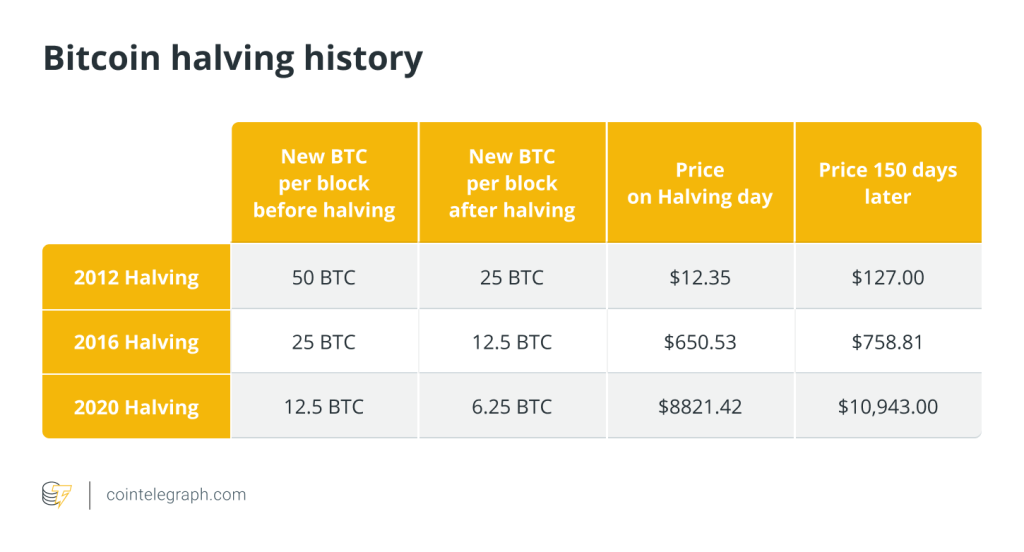
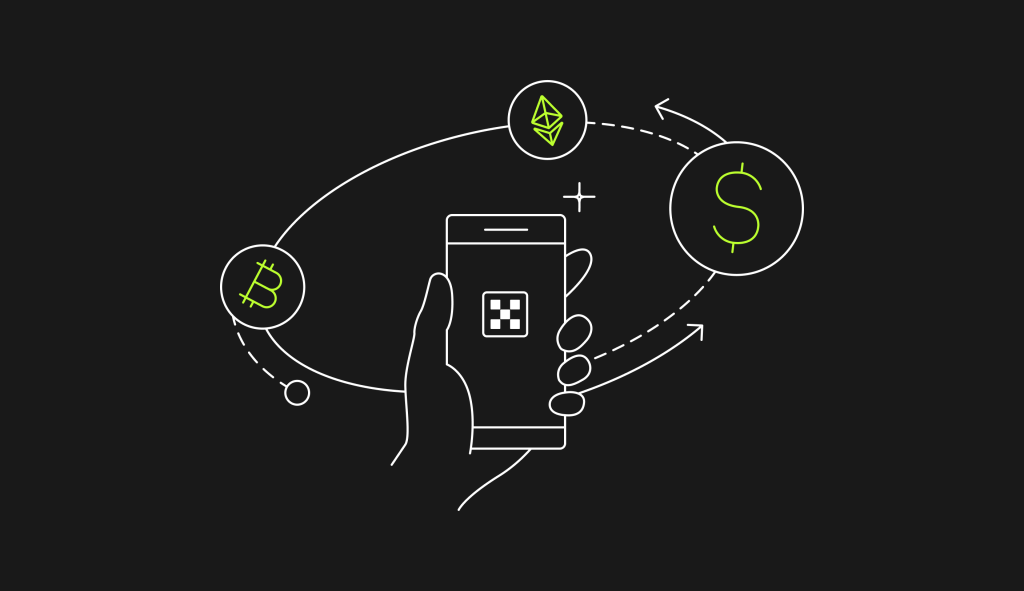
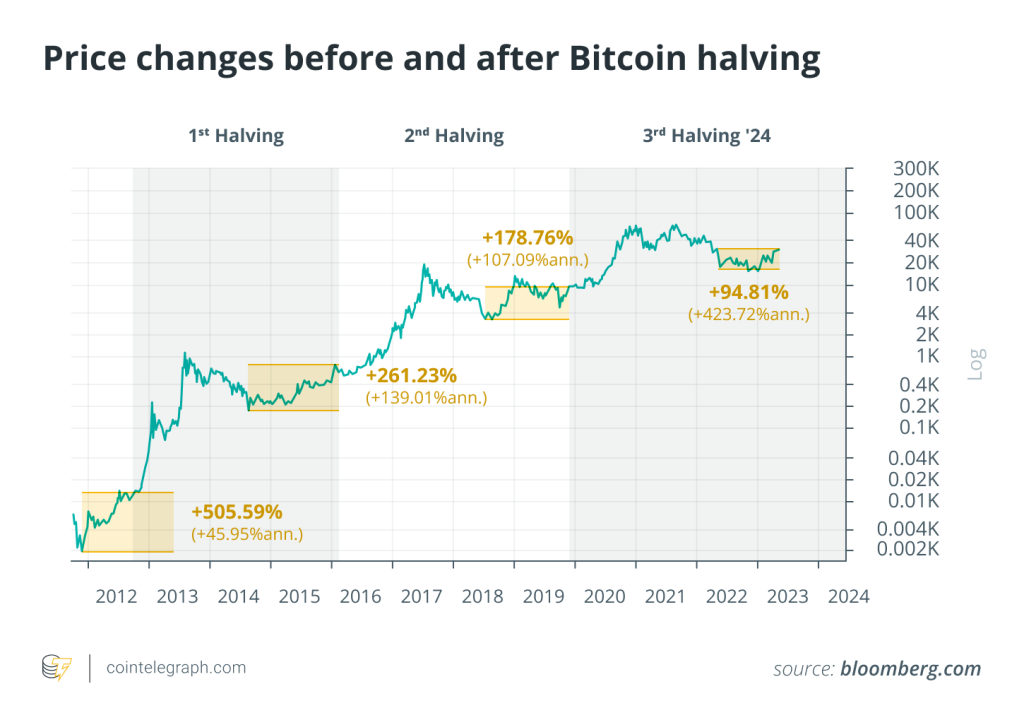
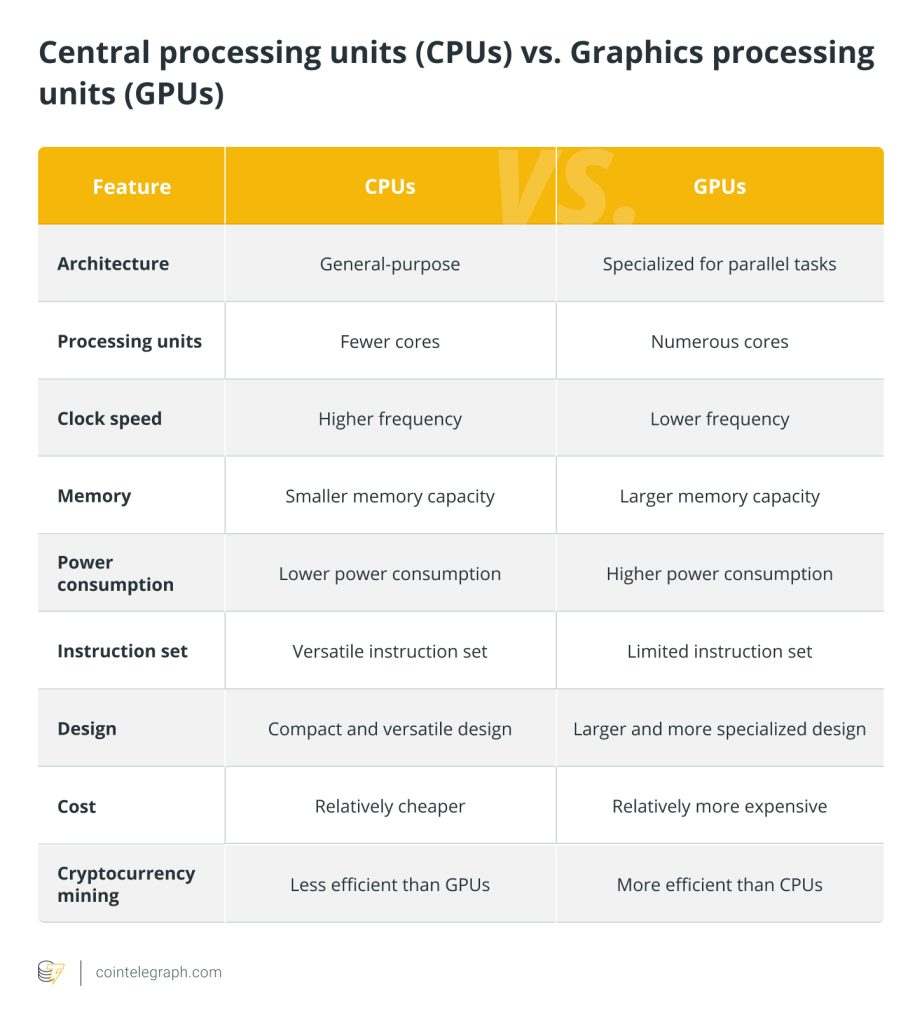
Responses